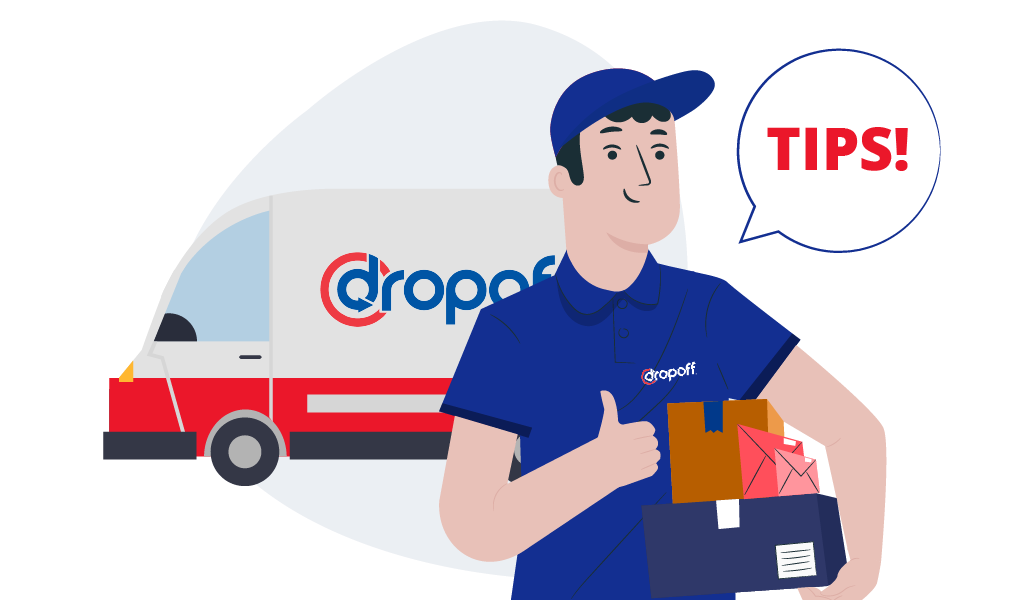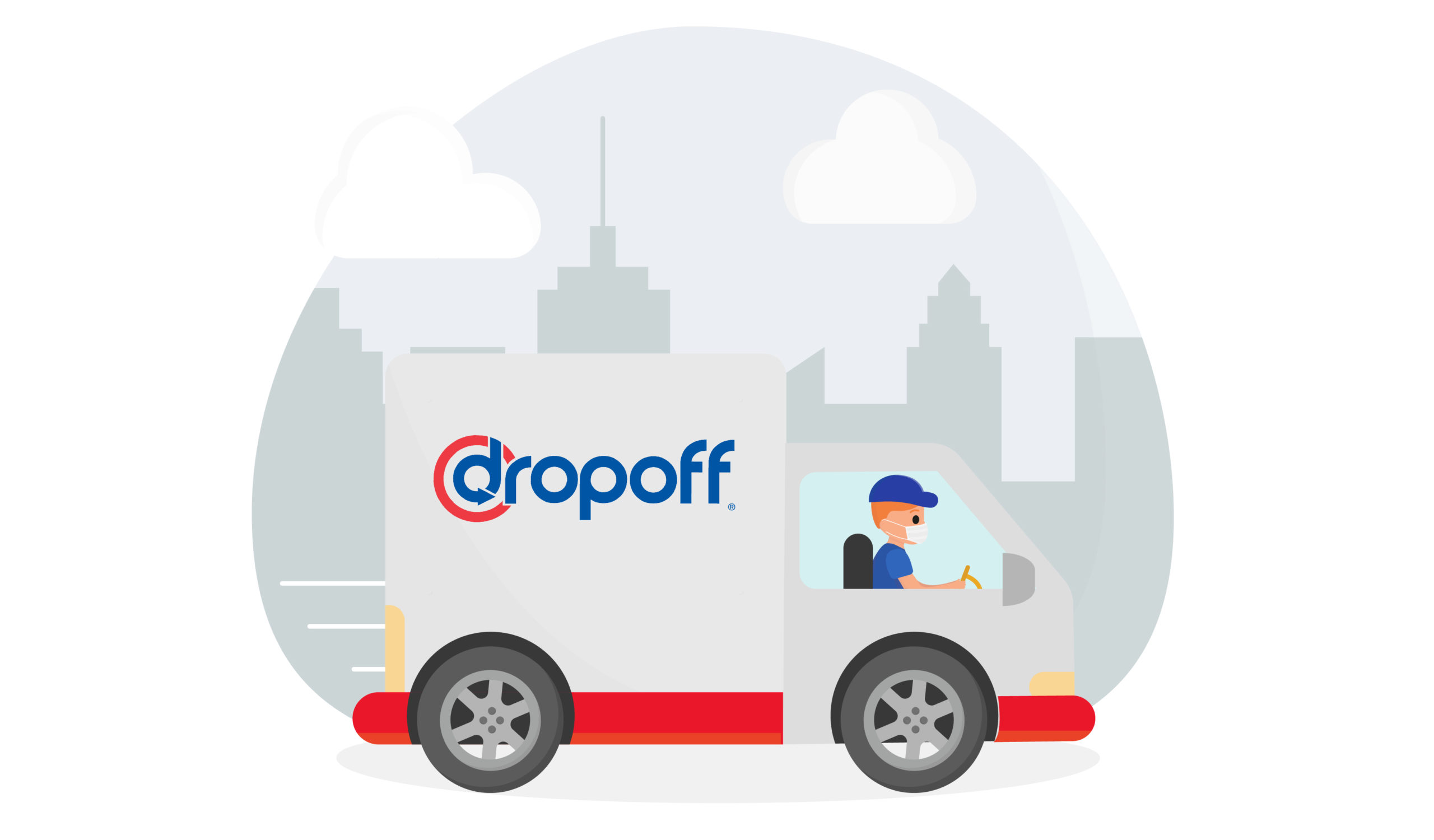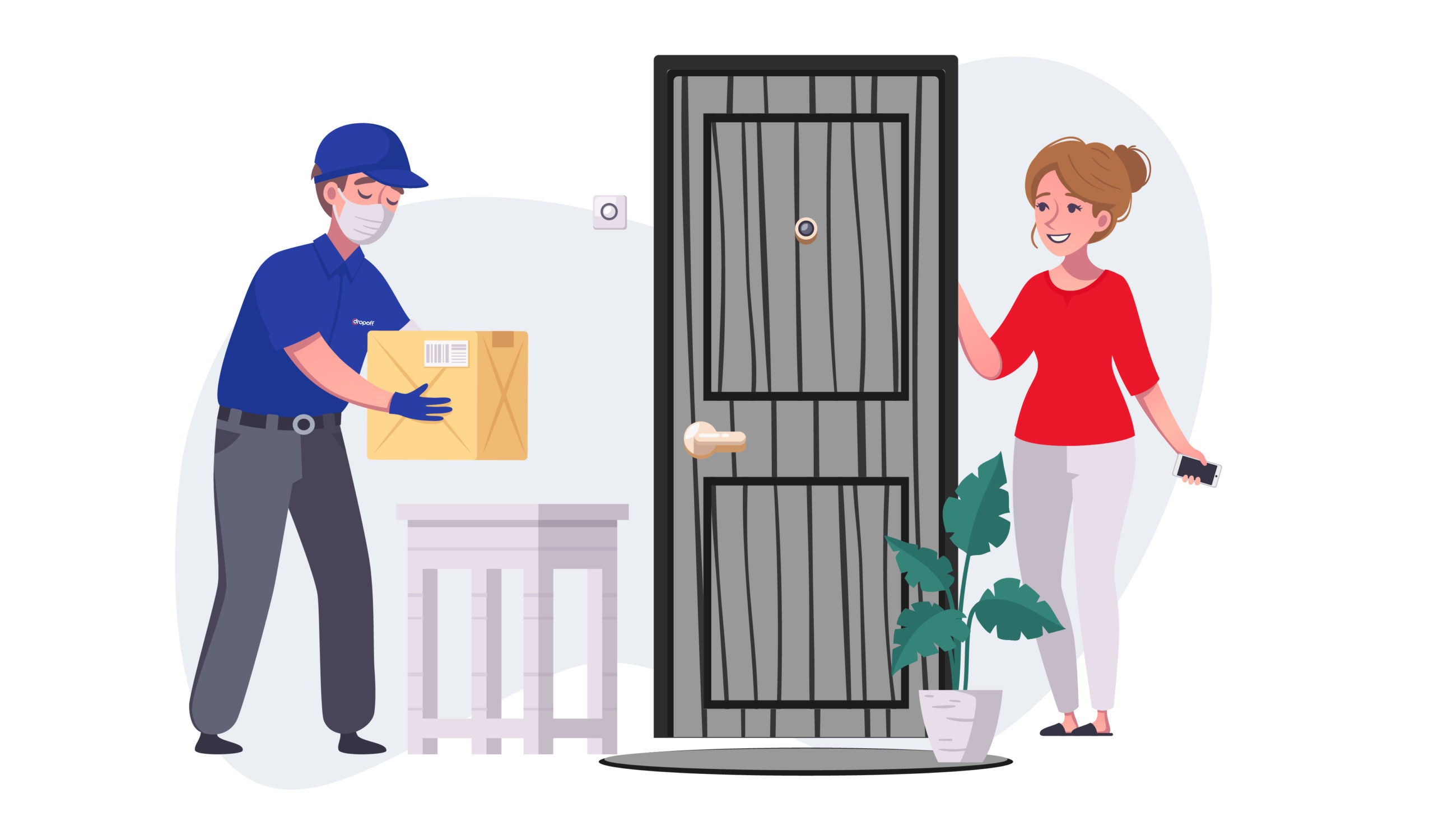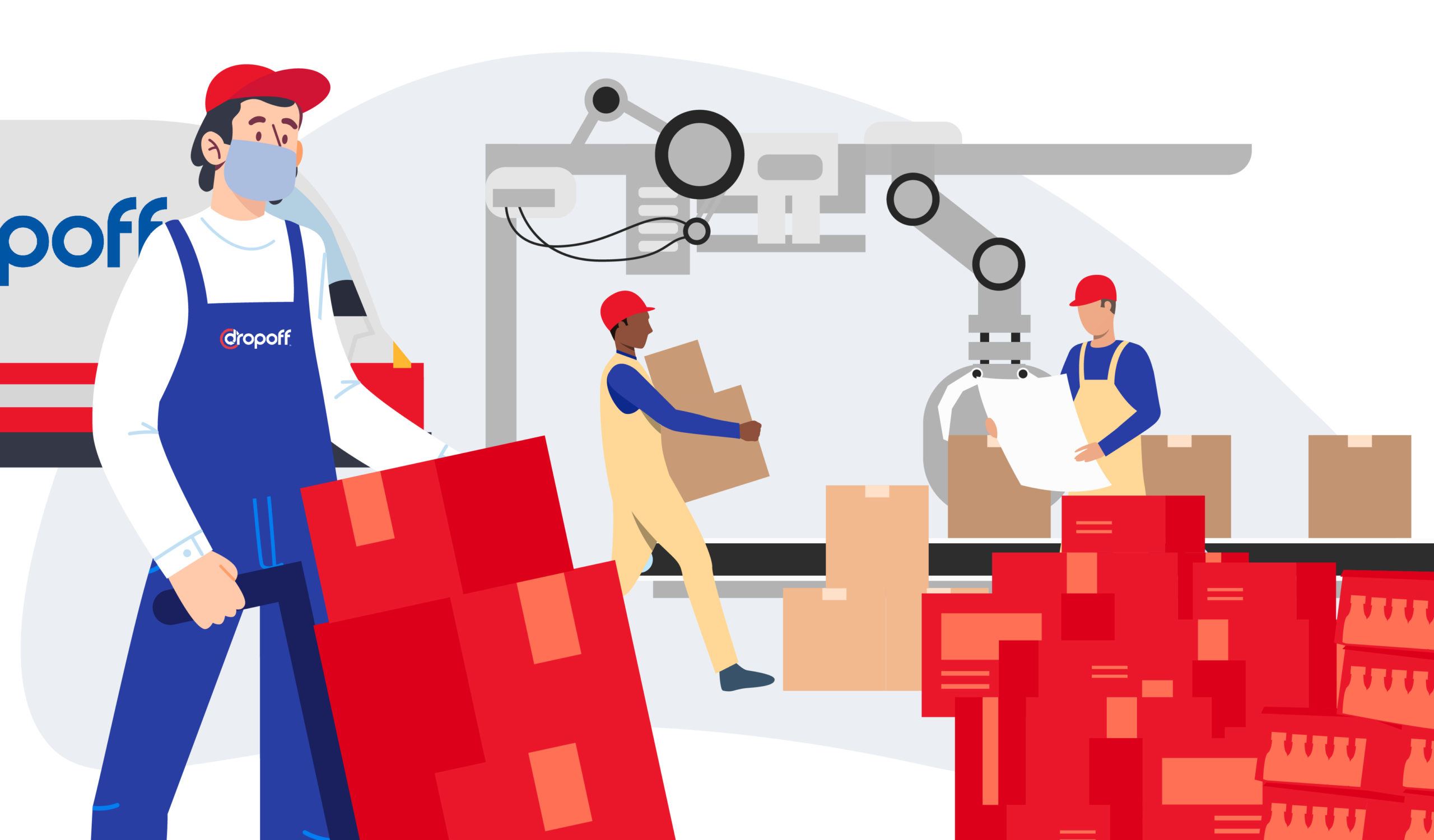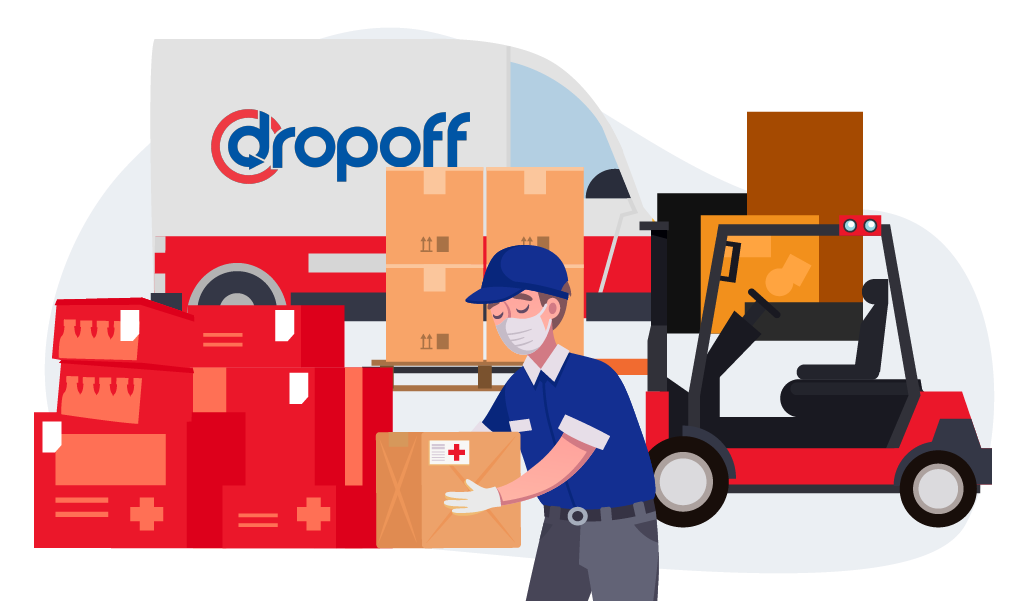Logistics and Delivery Orchestration – What Do You Need To Know In 2024
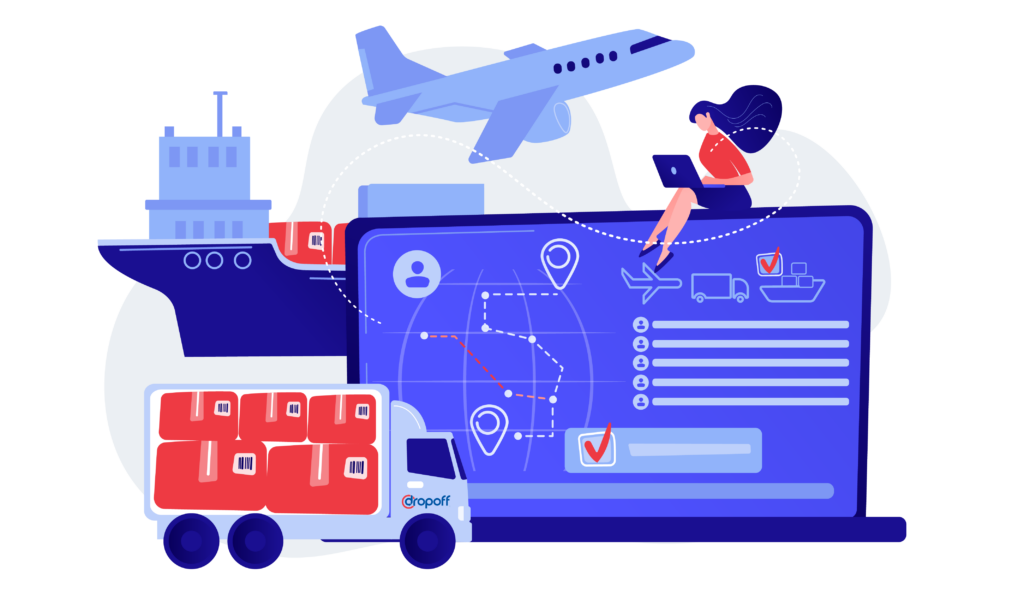
Delivery orchestration can make or break any business. Regardless of whether your logistics service provider has a whole array of vehicles, a well-maintained warehouse, and a reliable crew, they aren’t that useful without proper coordination.
Logistics orchestration is streamlining and optimizing the entire supply chain process. With the general uptrend in shipping costs, businesses are now, more than ever, seeking innovative solutions to navigate these challenges and maintain a competitive edge. This is where logistics orchestration steps in, offering a comprehensive solution to businesses aiming to stay ahead in the logistics game.
Understanding Delivery Orchestration
With the rise of technology, orchestration has been an integral part of businesses. At its core, process orchestration focuses on integrating technology in business operations to automate complex business tasks through various technological solutions, tools, and infrastructures. As of this writing, the global orchestration market size is set to reach $52.76 billion in 2032.
One of the most significant services in this market is logistics orchestration. It involves seamlessly coordinating various elements within the supply chain to enhance overall efficiency and productivity.
Delivery orchestration, a subset of logistics orchestration, focuses specifically on the last mile of the delivery process. It includes synchronizing delivery operations to ensure timely and cost-effective transportation of goods from the distribution center to the end customer.
While each mile is essential for a seamless delivery in a 3PL delivery orchestration, last-mile automation has become increasingly significant.
While each mile is essential for seamless delivery, last-mile orchestration has become increasingly significant. In fact, 53% of total shipping costs are focused on last-mile delivery. Optimizing last-mile logistics involves efficient route planning, real-time tracking, and leveraging technology to overcome obstacles, ultimately enhancing the end customer’s experience.
The Need to Outsource Delivery Orchestration
As the demands of the e-commerce landscape evolve, businesses are recognizing the limitations of relying solely on 3PL delivery orchestration. The rise of e-commerce necessitates a strategic shift towards 5PL logistics, where a service provider takes comprehensive control of the entire supply chain, extending its focus beyond specific chains to encompass larger networks. Acting as a centralized hub, a 5PL provider becomes the main point of contact for multiple 3PL entities, ensuring efficient coordination across diverse regions.
Beyond streamlined coordination, 5PLs offer businesses valuable supply chain analytics and business intelligence, empowering informed decision-making. With expertise in managing supplier relationships and procurement activities, these providers foster productive partnerships, contributing to a collaborative and optimized supply chain.

Automation vs. Orchestration: Decoding the Differences
While automation focuses on mechanizing individual tasks, orchestration takes a holistic approach, managing and coordinating multiple tasks simultaneously. In logistics, automation handles a single process, while orchestration oversees the entire delivery workflow.
Advantages of Orchestration Processes:
So why go with orchestration instead of automation? Here are the key strengths of an entire logistics orchestration:
- Adaptability: Orchestration excels in adapting to changing conditions and variables within the logistics landscape, offering a dynamic solution to meet evolving challenges.
- Collaboration: Orchestration fosters collaboration between various stakeholders involved in the delivery process, ensuring seamless communication and cooperation for improved efficiency.
- Responsiveness: The holistic nature of orchestration enables a more responsive approach to unforeseen obstacles, allowing for quick adjustments and optimizations in real time.
- Flexibility: Unlike automation’s rigid focus on individual tasks, orchestration provides a flexible framework that can encompass and manage a variety of tasks simultaneously.
- Comprehensive Workflow Oversight: Orchestration offers a comprehensive view of the entire delivery workflow, allowing for better control, monitoring, and optimization of the logistics process as a whole.
In-house vs. Third-Party Delivery Services: Making Informed Choices
Businesses face the perennial question of whether to manage delivery services in-house or rely on third-party providers. Recent surveys show that 63.5% of businesses are currently outsourcing their activities to 3PL providers.
To help you decide, we’ve summarized the pros and cons of managing your delivery orchestration and getting a logistics provider.
In-house Logistics Orchestration Management
Pros:
- Direct Control: With in-house management, businesses have direct control over the entire logistics orchestration process, allowing for immediate adjustments and personalized solutions.
- Customization: In-house solutions offer the flexibility to customize delivery processes to meet specific business requirements and cater to unique customer demands.
- Brand Representation: Managing logistics internally ensures that the delivery process aligns seamlessly with the brand’s values and customer expectations, enhancing brand representation.
- Scalability: Businesses can scale their logistics operations according to demand, ensuring that the in-house team can adapt to fluctuating volumes efficiently.
Cons:
- High Initial Investment: Establishing an in-house logistics orchestration system requires a substantial initial investment in infrastructure, technology, and personnel.
- Operational Complexity: Managing logistics internally comes with the complexity of overseeing diverse operational aspects, which may divert attention from core business activities.
- Limited Expertise: In-house teams may lack the specialized expertise and resources that dedicated logistics providers bring to the table.
- Resource Constraints: Small to mid-sized businesses may face resource constraints when trying to match the scale and efficiency of established logistics providers.
Partnering with a Logistics Orchestration Provider
Pros:
- Specialized Expertise: Logistics providers bring specialized knowledge and experience, ensuring efficient and optimized delivery processes.
- Cost Efficiency: Outsourcing logistics can lead to cost savings as businesses avoid the upfront investment and ongoing operational costs associated with in-house management.
- Network Access: Logistics providers often have extensive networks, enabling businesses to tap into established delivery infrastructures and reach a wider customer base.
- Focus on Core Competencies: Outsourcing logistics allows businesses to focus on core competencies while relying on experts to handle the intricacies of delivery orchestration.
Cons:
- Limited Control: While outsourcing provides efficiency, it comes at the cost of relinquishing some control over the day-to-day management of the logistics process.
- Dependency on Providers: Businesses become dependent on the performance and reliability of third-party logistics providers, which can be a risk factor.
- Potential Communication Challenges: Effective communication between the business and the logistics provider is crucial, and lapses may lead to misunderstandings and delays.
- Standardization Concerns: Outsourcing may involve standardized processes, potentially limiting customization options for businesses with unique logistical requirements.
Each option has its pros and cons, leading to the emergence of a strategic alternative – the hybrid model of delivery orchestration.
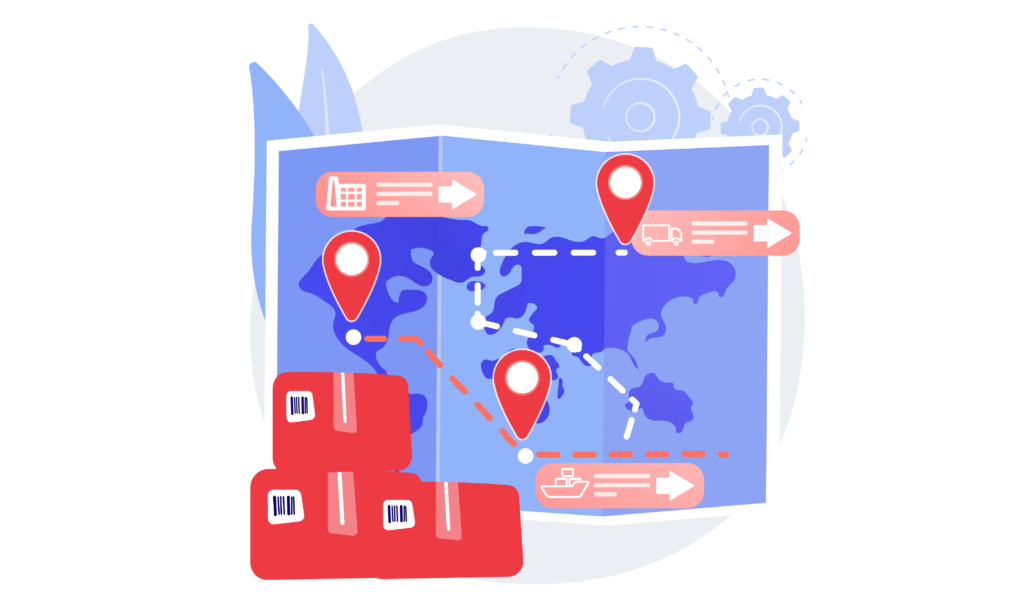
Hybrid Model: Delivery Orchestration in Action
Hybrid operations can generate up to 50% more revenue by enabling a broader, deeper, and more sustainable customer engagement. The same goes for last-mile delivery orchestration.
Hybrid delivery orchestration combines the strengths of in-house and third-party delivery services. It provides the flexibility to scale operations based on demand, optimizing costs while ensuring efficient last-mile delivery.
Characteristics of Hybrid Delivery Orchestration:
- Operational Flexibility: Offering a dynamic response to market fluctuations, the hybrid model allows businesses to scale operations swiftly in response to varying demands. This adaptability ensures optimal resource utilization and cost efficiency.
- Cost Optimization: By intelligently distributing tasks between in-house and third-party services, the hybrid model optimizes costs. Businesses can strategically allocate resources, avoiding unnecessary expenditures while maintaining operational excellence.
- Efficient Last-Mile Delivery: Focusing on the crucial last mile, the hybrid approach ensures the swift and cost-effective delivery of goods. Leveraging the strengths of both in-house and external providers, businesses achieve a balance that enhances customer satisfaction.
- Risk Mitigation: The hybrid model acts as a risk management strategy, diversifying dependencies across multiple channels. This reduces vulnerability to disruptions, ensuring continuity even in the face of unforeseen challenges.
- Technology Integration: Embracing the advancements in logistics technology, the hybrid model seamlessly integrates tools like real-time tracking, route optimization, and data analytics. This technological synergy enhances overall operational efficiency.
- Customization Capability: Hybrid delivery orchestration recognizes the uniqueness of business requirements. This model allows for customization, ensuring that the delivery process aligns precisely with the specific needs and objectives of the business.
- Scalability Harmony: Whether facing a surge in demand or a quieter period, the hybrid model offers scalability harmony. Businesses can scale up or down without the constraints often associated with rigid logistical frameworks.
Business Success Stories: How Delivery Orchestration Drives Results
There’s no denying that delivery orchestration can effectively drive business scalability through optimized routing and improved customer service. To help you put things in perspective, let’s look at Domino’s operations.
Domino’s Logistics Orchestration
Domino’s Pizza illustrates how an efficient delivery orchestration system can drive business scalability, optimize routing, and elevate customer satisfaction. Operating across 90 global markets with over 20,000 stores, Domino’s strategically integrates both in-house and third-party logistics services to achieve optimal results.
Empowered by a delivery orchestration system featuring GPS tracking, predictive analytics, and machine learning, Domino’s witnessed a remarkable 22.8% increase in US delivery sales in 2020 alone. This growth underscores the system’s ability to adapt to changing conditions, efficiently manage bulk orders, and optimize routing for faster and error-free deliveries.
Furthermore, the orchestration system’s predictive analytics, tracking crucial information like delivery times and remaining distances, contributed to Domino’s impressive global retail sales growth of over 16% in the same year.
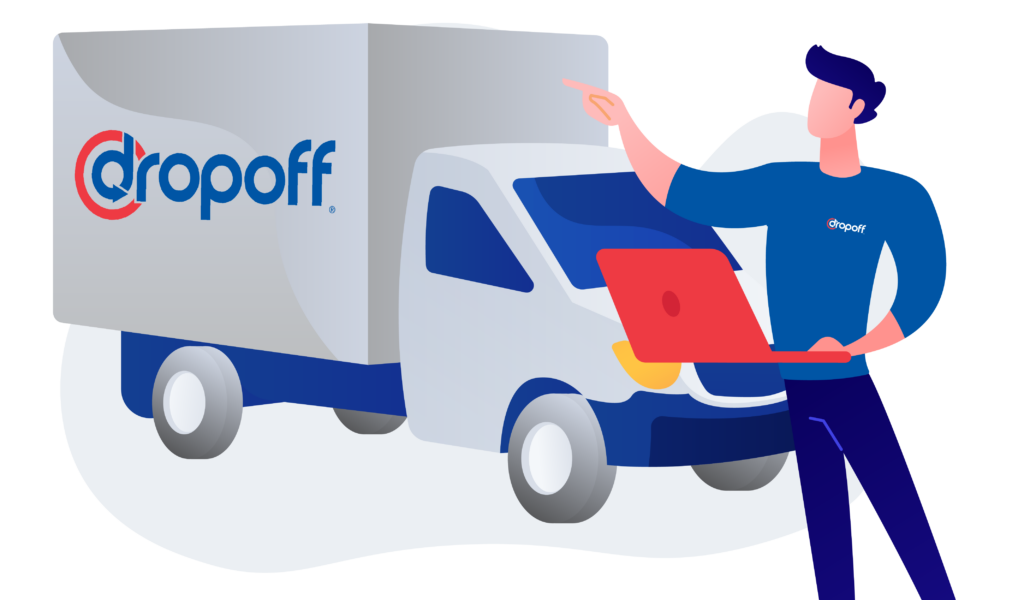
How Dropoff Can Help with Delivery Orchestration
When it comes to delivery orchestration, Dropoff stands as the unrivaled option, providing comprehensive 360-degree services for 3PL logistics. With a track record of offering tailored solutions across diverse industries, Dropoff has consistently been at the forefront of technological innovation, ensuring a seamless logistics orchestration experience for businesses.
From healthcare with HIPAA-compliant and transparent compliance tracking to retail, where Dropoff integrates with your online ordering platform and acts as an extension of your brand, the company customizes its services to fit the unique needs of your business.
What sets Dropoff apart, especially for Small and Medium Enterprises (SMEs), is its commitment to providing customized solutions amid the backdrop of increasing rates from large-scale operations like UPS. While major players may raise their prices, Dropoff offers flexibility and tailored logistics solutions that meet the specific needs of your customers without compromising your revenue generation.
As a one-stop partner for same-day delivery needs, Dropoff’s fixed-route, overnight, express, STAT, on-demand, long-haul, and scheduled delivery services ensure that your logistics operations are handled quickly, reliably, and consistently. Choosing Dropoff means choosing a partner committed to the success of your business, providing unparalleled efficiency and customer satisfaction.
Navigating the Future with Logistics Orchestration
As the business landscape evolves and shipping costs continue to rise, embracing logistics orchestration, especially in the context of last-mile delivery, becomes a strategic imperative. The hybrid model, combining in-house and third-party services, emerges as a game-changer, offering businesses a pathway to increased efficiency, reduced costs, and improved customer satisfaction.
Through studying successful case studies and leveraging advanced technologies like Dropoff, businesses can position themselves for success in the dynamic world of delivery orchestration.
FAQs
Logistics orchestration streamlines the entire supply chain, ensuring efficiency and coordination. It is crucial for businesses facing rising shipping costs, to provide a competitive edge by optimizing operations.
Delivery orchestration focuses on the last mile, ensuring timely and cost-effective transportation. It’s crucial as the last mile constitutes a significant portion of shipping costs, impacting the end customer’s experience.
Logistics orchestration offers adaptability, collaboration, responsiveness, flexibility, and comprehensive oversight. These strengths make it dynamic and effective in addressing evolving challenges in logistics.
The hybrid model combines in-house and third-party services, offering operational flexibility, cost optimization, efficient last-mile delivery, risk mitigation, technology integration, customization, and scalability, making it ideal for SMEs.
Dropoff provides 360-degree services for same-day logistics, technological innovation, and customized solutions. For SMEs facing rising rates, Dropoff offers flexibility and efficiency, making it an ideal partner for same-day delivery needs.

